Organometallic Compounds Explained Simply
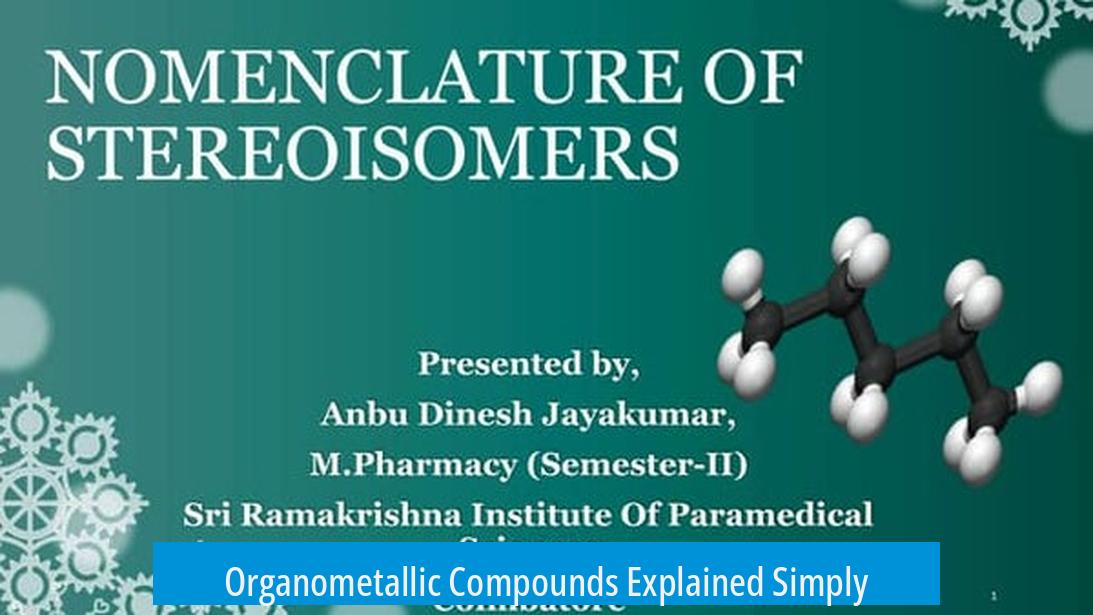
Organometallic compounds are chemicals that have a special bond between metal atoms and carbon atoms. This unique bond links metals and organic molecules to form compounds that play a key role in many scientific and industrial processes.
What Are Organometallic Compounds?
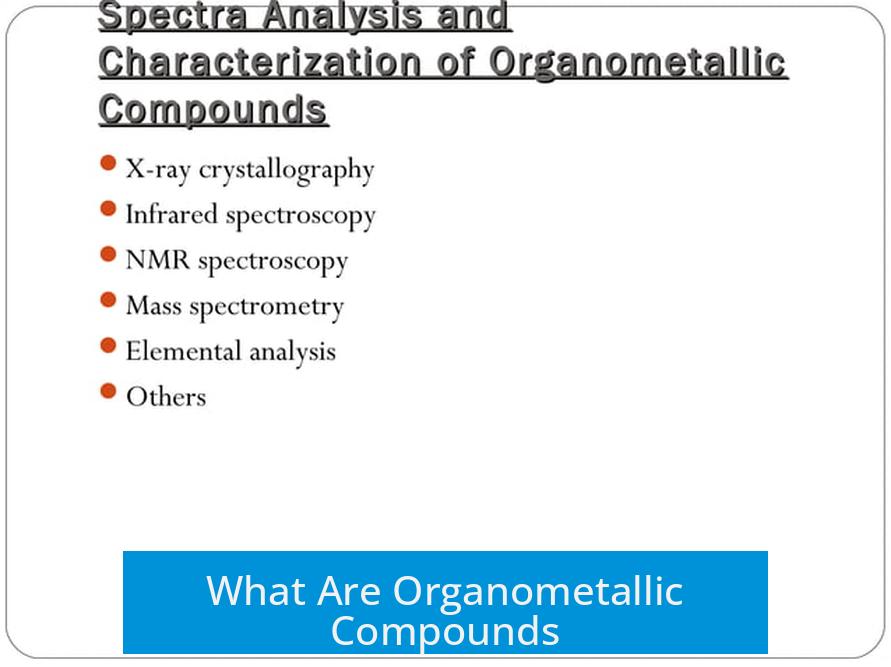
At their core, organometallic compounds contain a bond between a metal atom and a carbon atom from an organic group. This combination can be imagined as two different puzzle pieces—metal and carbon—fitting together tightly.
- Metal atoms involved include transition metals like iron, nickel, palladium, or metals like lithium and magnesium.
- Carbon atoms come from organic structures such as hydrocarbons or carbon-based ligands.
Because these compounds have properties of both metals and organic molecules, they act as a bridge between inorganic and organic chemistry.
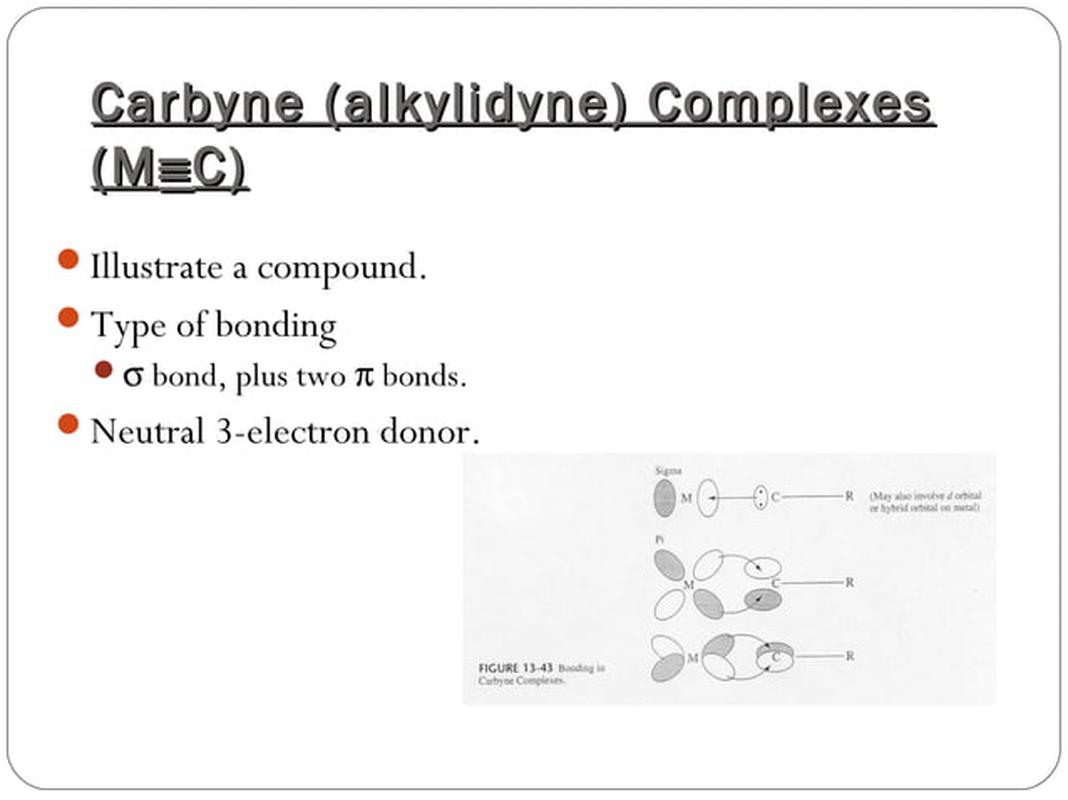
How Are They Structured?
The metal atom often acts like a central hub, similar to a roughly ball-shaped Lego piece with several connection points oriented in specific directions. The organic parts are like other Lego pieces that attach precisely to these points without crowding each other.
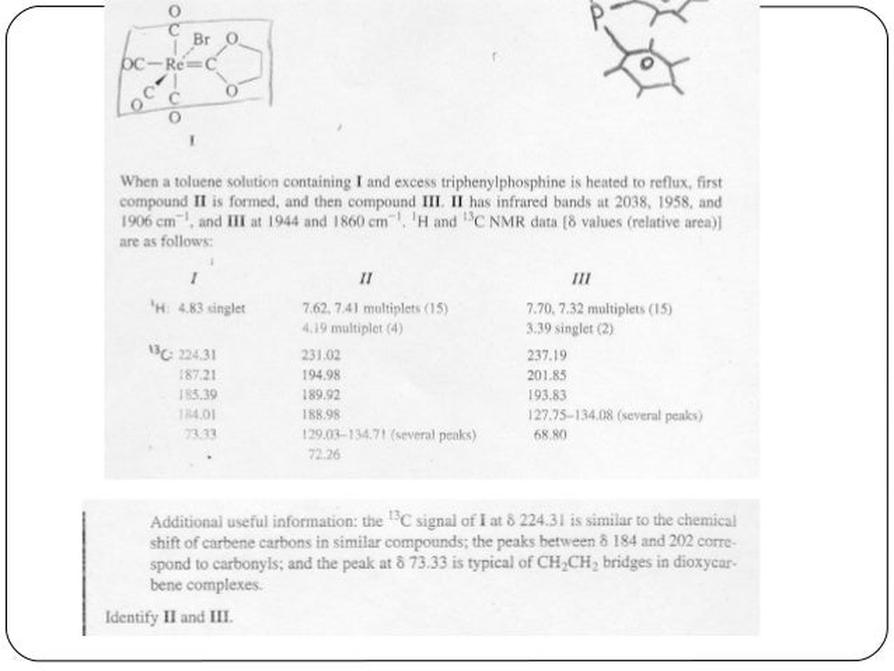
This arrangement allows the metal center to interact with organic groups in unique ways. The metal can either accept electrons from or donate electrons to organic molecules. This helps certain chemical reactions occur much faster or makes them possible at all.
Why Are Organometallic Compounds Important?
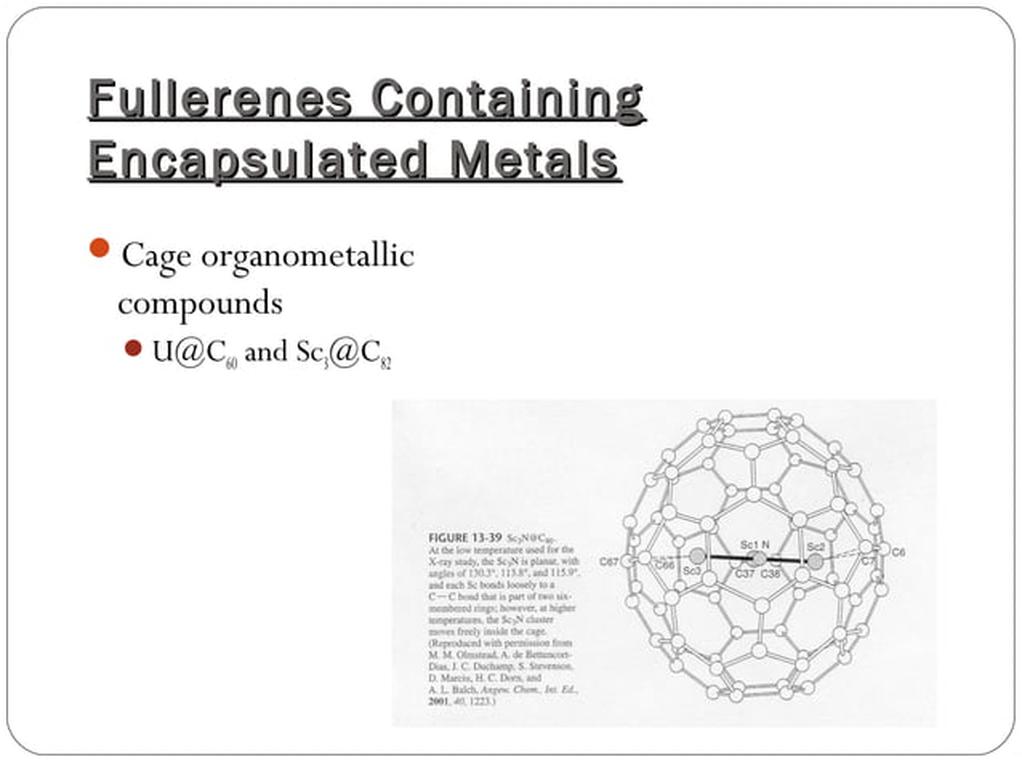
In Chemistry and Industry
- They serve as catalysts in many important chemical reactions. Without them, some reactions would require too much energy or might not occur.
- Examples include the Monsanto and Wacker processes which produce chemicals on a large scale.
- Organometallics are key in polymerization to create plastics, olefin oligomerization to produce fuels, and coupling reactions critical for organic synthesis.
- They enable the creation of industrial materials with enhanced properties like increased strength and durability.
- In electronics, they assist in manufacturing microchips by making metals volatile and easy to deposit onto surfaces.
In Medicine and Biology

- Organometallic compounds help design drugs and create pharmaceuticals. They add carbon atoms to molecules in precise ways important for drug effectiveness.
- Some are active drugs themselves, like iron-bound siderophores that help microbes acquire nutrients.
- In the human body, hemoglobin is an example of an organometallic molecule where iron bonds to organic structures. This allows oxygen transport throughout the body.
- They also play roles in enzyme systems involved in metal storage and electron transport, essential for life processes.
How Do Organometallics React?
Most organic chemistry reactions depend on forming strong carbon-carbon bonds. Organometallic reagents such as Grignard reagents (carbon bonded to magnesium) or organolithium compounds provide carbon atoms that can act as reactive nucleophiles. This makes it easier to build complex molecules.
Often, the metal-carbon bond exists briefly in intermediates during catalytic cycles. This temporary bonding allows transformation of molecules in ways that would be difficult otherwise.
Historical and Industrial Examples
An example from history is the Mond process for nickel refining. It forms nickel carbonyl, an organometallic compound, by reacting nickel ore with carbon monoxide. Nickel carbonyl is then distilled to get very pure nickel metal.
Analogies to Understand Organometallics
- Think of the metal center as a ball-shaped Lego with spots facing outward in fixed directions.
- Organic molecules are like differently shaped Lego pieces that fit onto these spots without crowding.
- These connections help the metal either give extra electrons to the organic piece or take some away, starting chemical reactions.
- This behavior contrasts with simple ionic bonds like salt (NaCl), where one atom fully transfers electrons.
Summary of Key Points
- Organometallic compounds have a metal atom bonded directly to carbon atoms.
- The metal acts as a center that can interact electronically with organic groups.
- They are crucial in catalysis, facilitating many industrial and laboratory reactions.
- They serve roles in materials science, medicine, and biological systems like hemoglobin.
- The metal-carbon bond enables formation of complex organic molecules and efficient reactions.
- Historical industrial processes like the Mond process rely on organometallic intermediates.
Can Someone Explain “Organometallic Compounds” Like I’m Five?
Organometallic compounds are special chemicals where metal atoms and carbon atoms are stuck together like puzzle pieces. Sounds simple, right? But these are no ordinary puzzles. They’re the superheroes of chemistry, helping build materials, medicines, and even making industrial magic happen. Let’s dive in and break it down in a fun, easy way!
Imagine you have two different kinds of building blocks: metal Legos and organic (carbon) Legos. Organometallic compounds are the cool sets where these two play together, forming bonds – a special kind of glue joining metal and carbon atoms. That bond is what makes these compounds fascinating and super-useful.
What Is an Organometallic Compound, Really?
At its simplest, “organometallic” just means a compound that has metal and carbon atoms connected directly.
- Metal + carbon = organometallic.
- Think of the metal as the center of a Lego ball with tiny studs (pips) pointing outwards.
- The organic part is like finding the right Lego bricks that snap perfectly onto these studs without crashing into each other.
This connection isn’t just for fun—it matters. Metals can give or take electrons from organic groups, and that makes chemical reactions happen faster or even at all. It’s like the metal invites the organic parts to a dance, and suddenly reactions start grooving.
The Charming Structure and Bonding Story
Picture this in your mind: a metal atom is a ball with bumps arranged at specific spots. The carbon bits snap onto these bumps just right. Sometimes, these organic “Lego blocks” twist and turn so they don’t crash. The metal isn’t just sitting pretty—it’s a party promoter for chemical reactions.
Why does the metal feel so important? It can accept extra electrons (like secret gifts) or lend some electrons out temporarily, encouraging organic molecules to join the fun. This electron exchange is what speeds up reactions, making things happen more neatly and efficiently.
Why Should You Care? The Importance and Uses of Organometallics
Organometallics might look like a biology lesson or chemistry class nightmare, but they quietly run many parts of our world:
Catalysts that Make Life Easier
- Chemical reactions sometimes need a push. Organometallic compounds often provide that push by acting as catalysts.
- Without them, some processes would need so much energy, they’d cost too much or be too slow.
- Famous examples include the Monsanto and Wacker processes—used in industry to turn simple chemicals into valuable products.
- Also, the palladium-catalyzed coupling reactions? Yep, organometallics at work, helping chemists build complex molecules.
Shiny New Materials and Super-Strong Plastics
Organometallic compounds are also the secret ingredients that make plastics stronger and more durable. They can help create new materials with special electronic and optical powers. Ever wonder how computer chips get made with metals that shouldn’t just sit there? Organometallic compounds make those metals “volatile” or easier to handle in high-tech manufacturing.
Medicine’s Metal Helpers
Organometallics are doctors’ friends, too.
- Think of drugs that fight cancer by targeting specific proteins. Organometallic compounds help make those drugs effective by binding to proteins precisely.
- Siderophores—organic molecules bound to iron—help the body handle metals we need to survive.
- Even hemoglobin—the red molecule in your blood carrying oxygen—is an organometallic compound!
- Some organometallics act like controlled explosions inside cells, crucial for targeted radiotherapy treatments.
Reaction Chemistry: Making Complex Things Simpler
You might think carbon-carbon bonds are easy. Nope! Chemists often find them tricky. This is where organometallics shine. They provide ways to bring carbon atoms together efficiently, acting as carbon nucleophiles (think of these as adventurous carbon atoms ready to bond with others).
Many popular reagents, like Grignard reagents (C-Mg) and others with lithium or zinc, help create complex molecules in the lab and industry. The metal-carbon bond might only last a moment—an intermediate in a reaction cycle—but during its brief life, it does important work.
Now, some organometallics can be reactive and less environmentally friendly. But chemists are always balancing power and responsibility, tweaking conditions to get awesome results without hurting the planet.
History’s Nickel Helper: The Mond Process
Organometallic chemistry isn’t new gum on the block. The Mond Process, an old nickel refining trick, uses an organometallic called nickel carbonyl. It reacts nickel ore with carbon monoxide, forming a compound that can be purified by distillation. Thanks to this, we get super-pure nickel for all kinds of industries—from coins to rocket engines.
Quick Recap with a Fun Analogy
- Metal = a ball-shaped Lego with studs.
- Organic molecules = matching Lego bricks.
- Together = a bonded, superfunctional toy, helping run chemical parties called reactions.
- These reactions wouldn’t be as efficient, or sometimes even possible, without the metal’s electronic dance moves (electron giving and taking).
Remember the simple table salt NaCl? It’s a basic ionic bond. Now imagine sodium with more electrons to contribute, forming metal-carbon bonds instead. That’s where the magic of organometallic chemistry begins, breaking old rules and starting fresh chemistry adventures.
Final Thoughts: Why Organometallics Are More Than Just Chemistry Jargon
These compounds might sound complicated at first. But at the heart of it, they’re just metals and carbon connected to make life easier, stronger, and healthier. Organometallic compounds help:
- Build new molecules in labs and factories
- Make materials like plastics tougher and electronics smarter
- Develop medicines that fight diseases
- Help our bodies transport oxygen and metals
Have you ever thought about how many lives these tiny metal-carbon friendships touch every day? From the plastic in your toys to the medicines you might one day take, organometallic compounds play a quiet but heroic role.
So next time you hear “organometallic,” remember: it’s not just a big science word—it’s a story about metals and carbon atoms teaming up to build a better world.
What exactly are organometallic compounds?
They are chemicals that have metal and carbon atoms connected by a bond. Think of it as metal and organic parts stuck together. This metal-carbon bond is what makes them special.
Why do organometallic compounds matter in everyday things?
They help make reactions easier in factories to produce plastics, medicines, and computer chips. Some organometallics even help in fighting diseases by working inside our bodies.
How do metals and carbon stick together in organometallics?
The metal forms a bond with the carbon atom, kind of like a metal Lego piece connecting with organic Lego pieces. This bonding lets metals help speed up or start chemical reactions.
Can you give an example of organometallics in nature?
Hemoglobin in our blood is one. It has iron (a metal) linked to carbon-containing parts. This helps carry oxygen around our body.
Are organometallic compounds safe to use?
Some are very reactive and need careful handling in labs. But many are key to making safe medicines and materials we use every day.


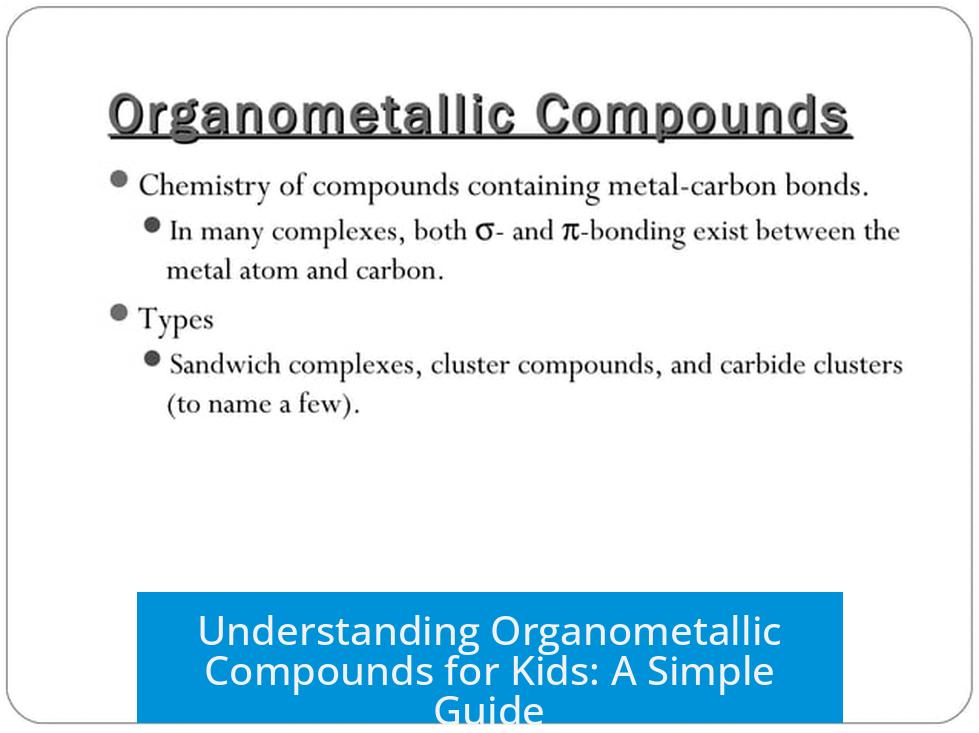

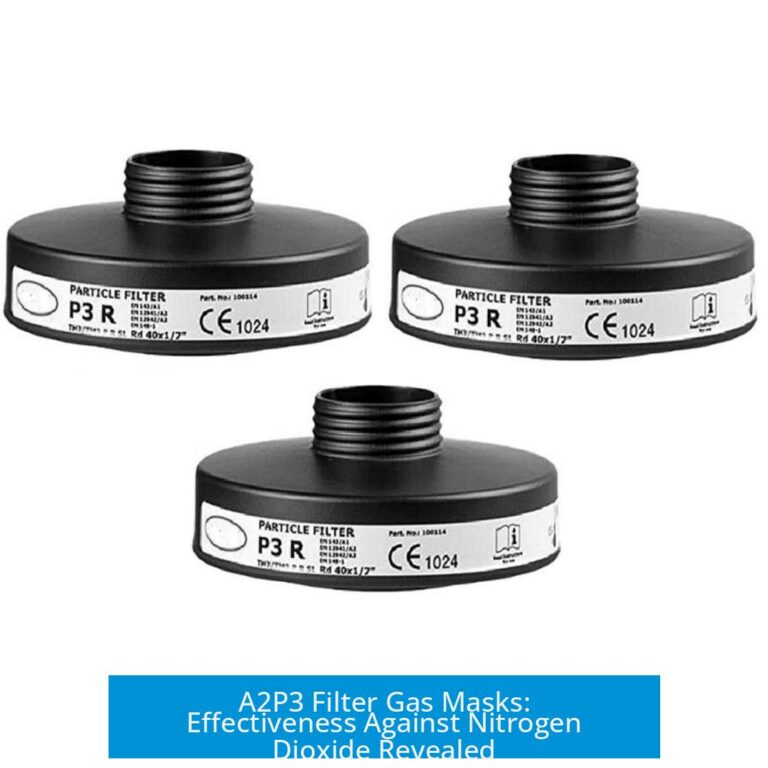
Leave a Comment